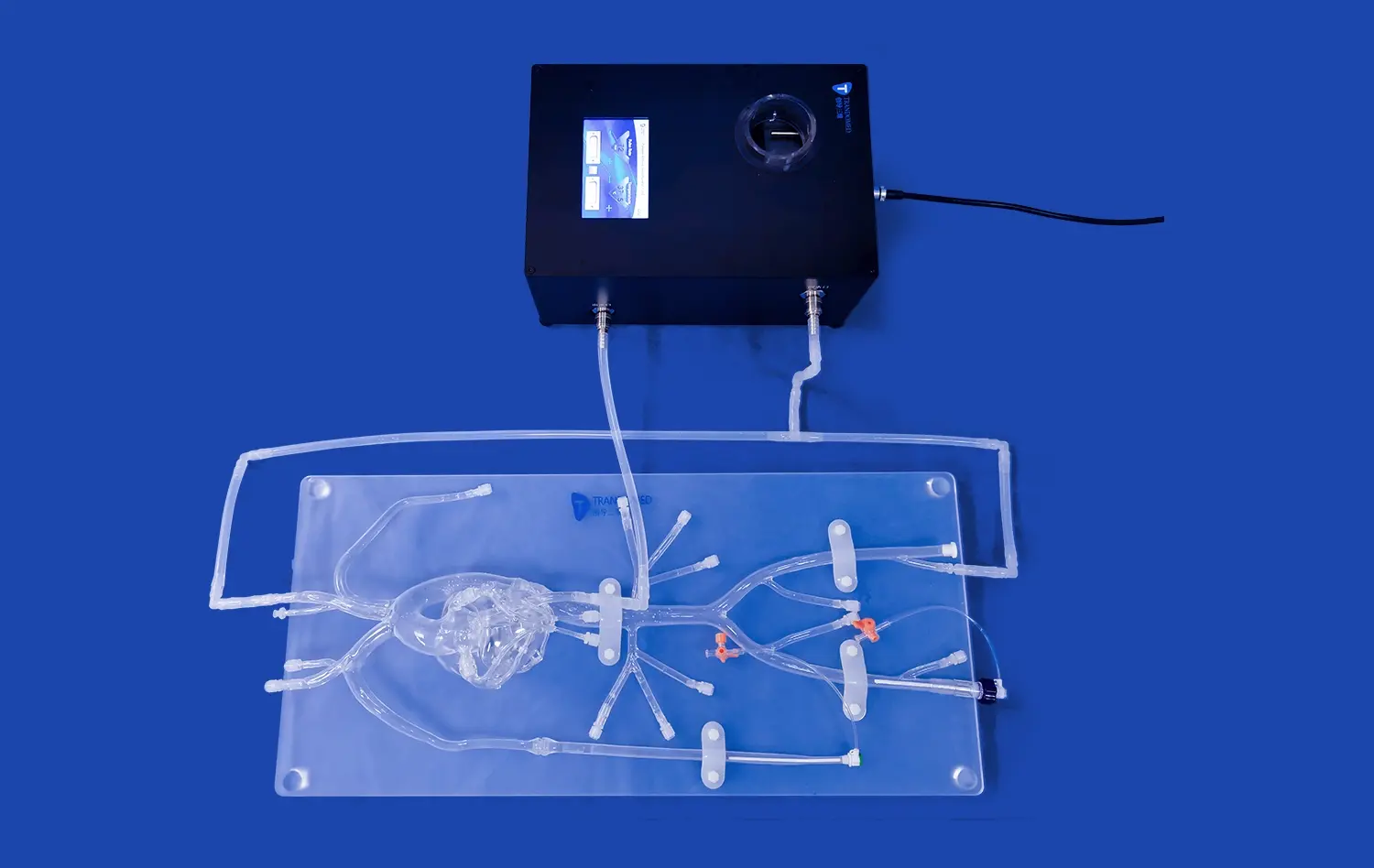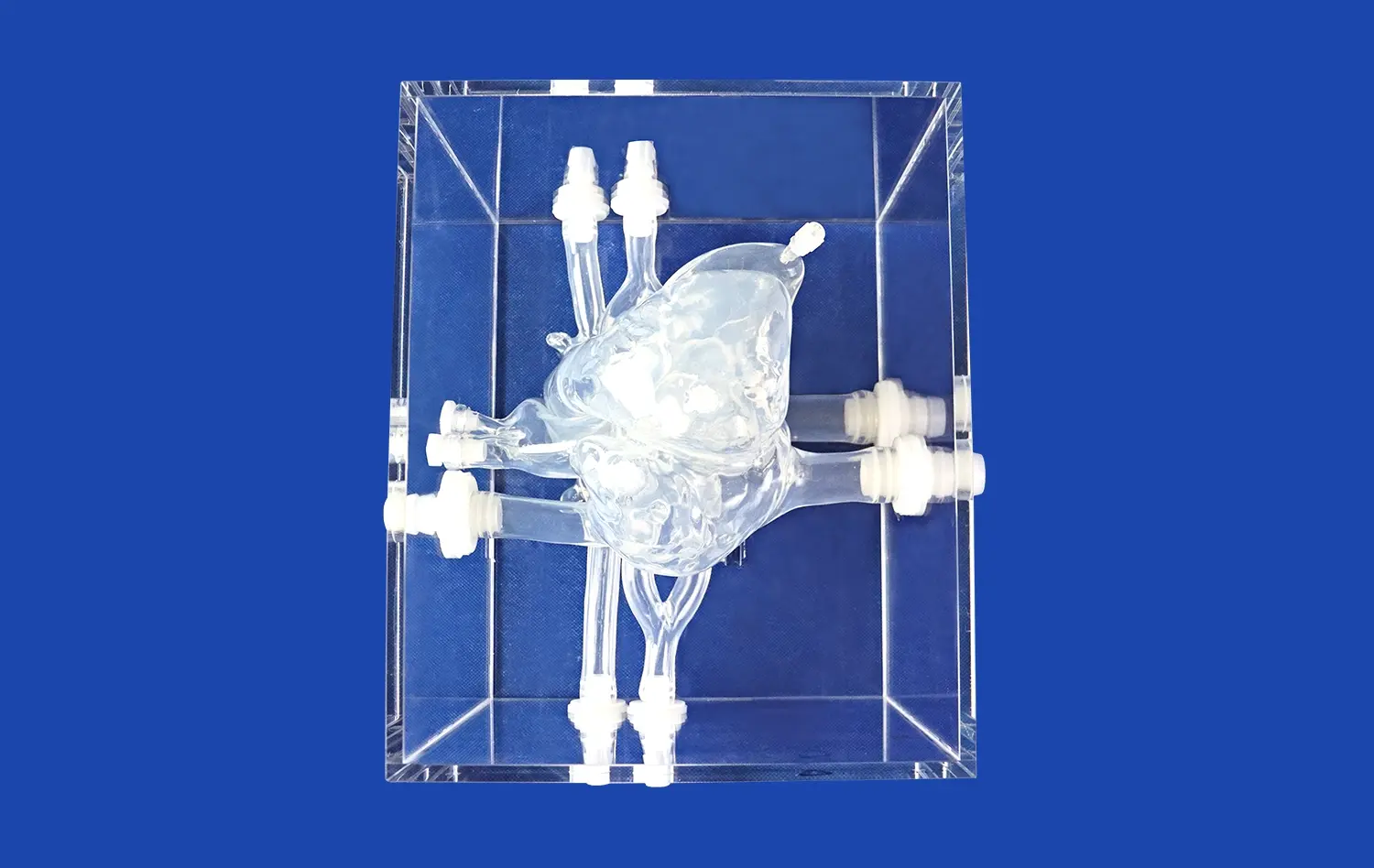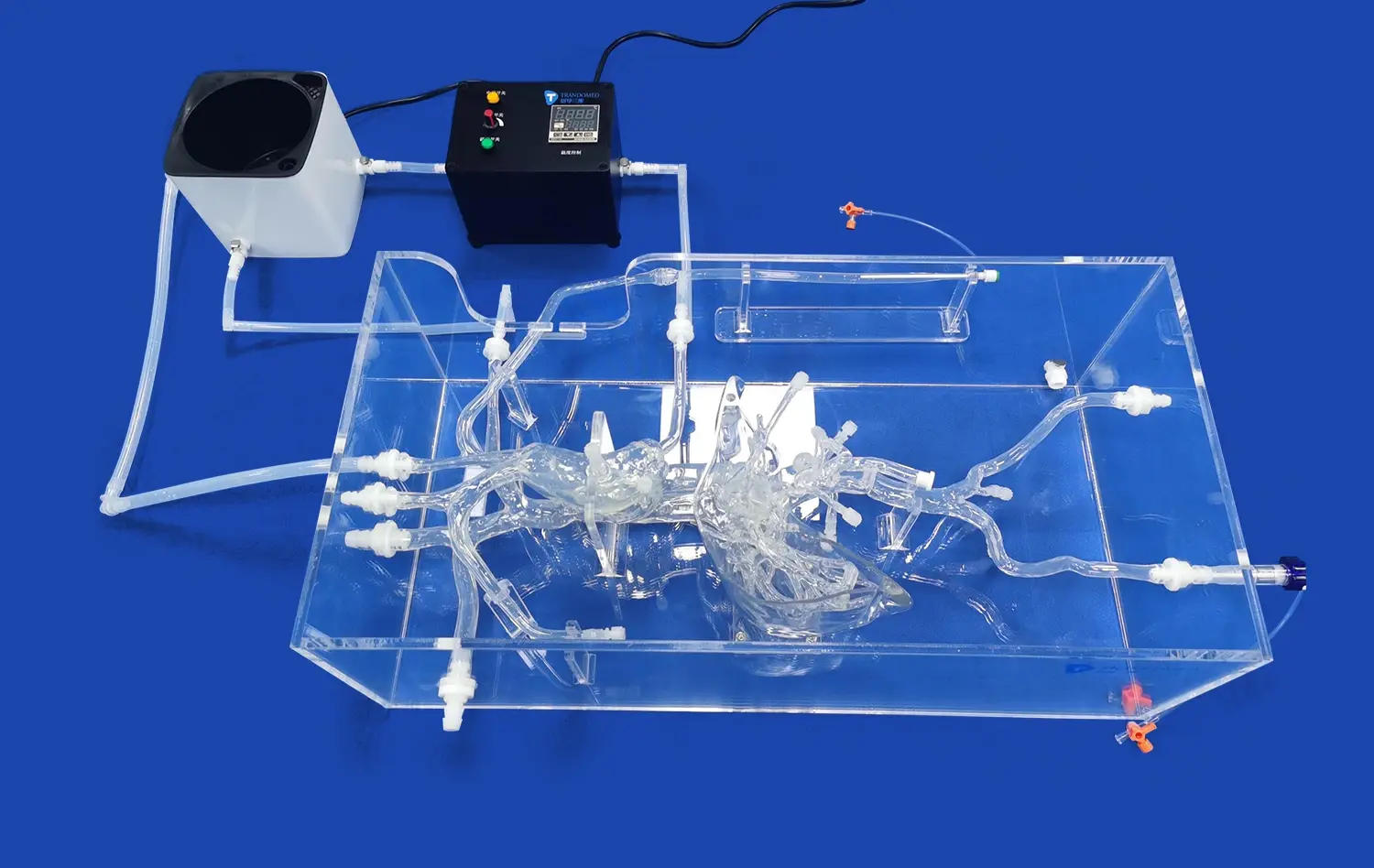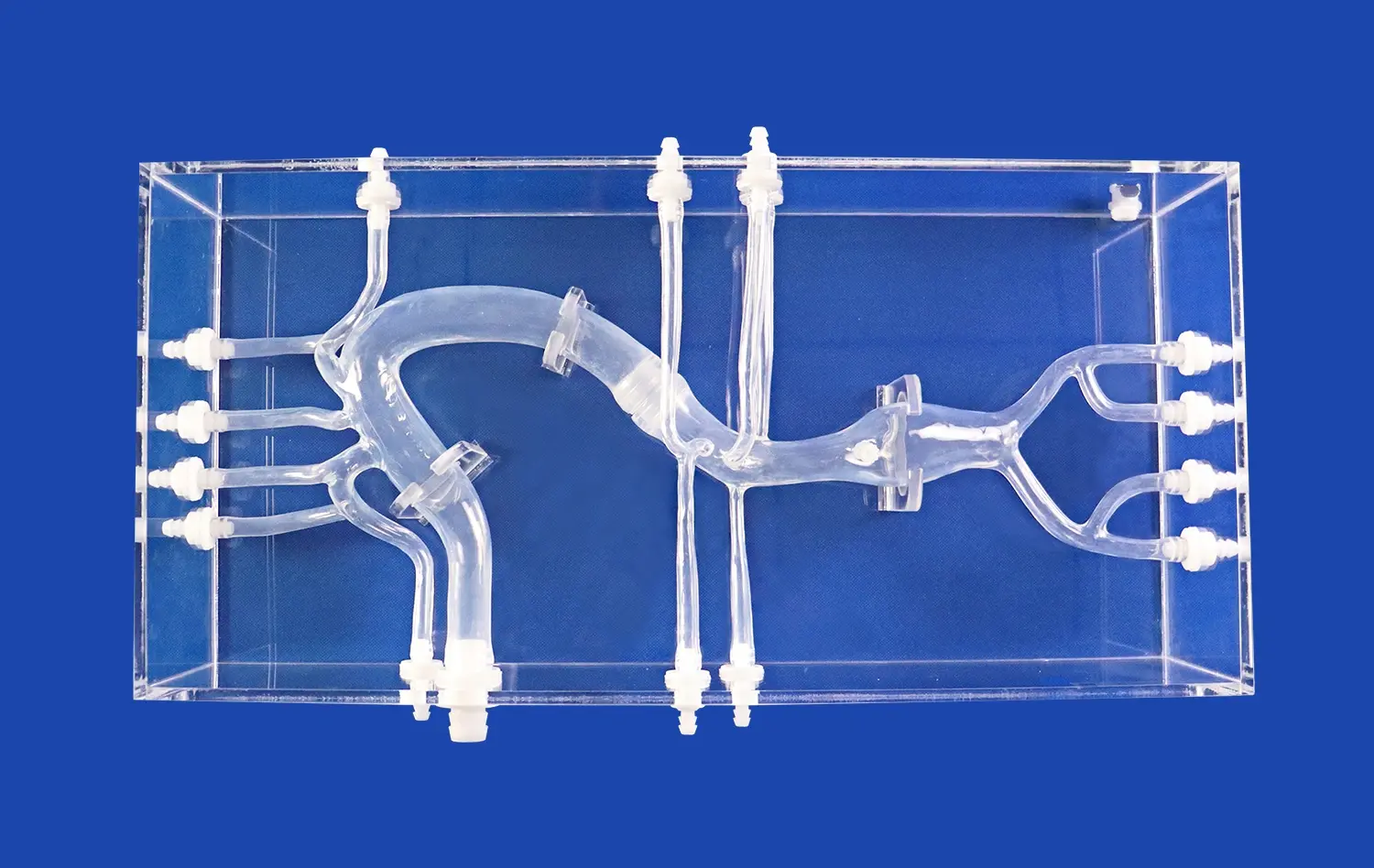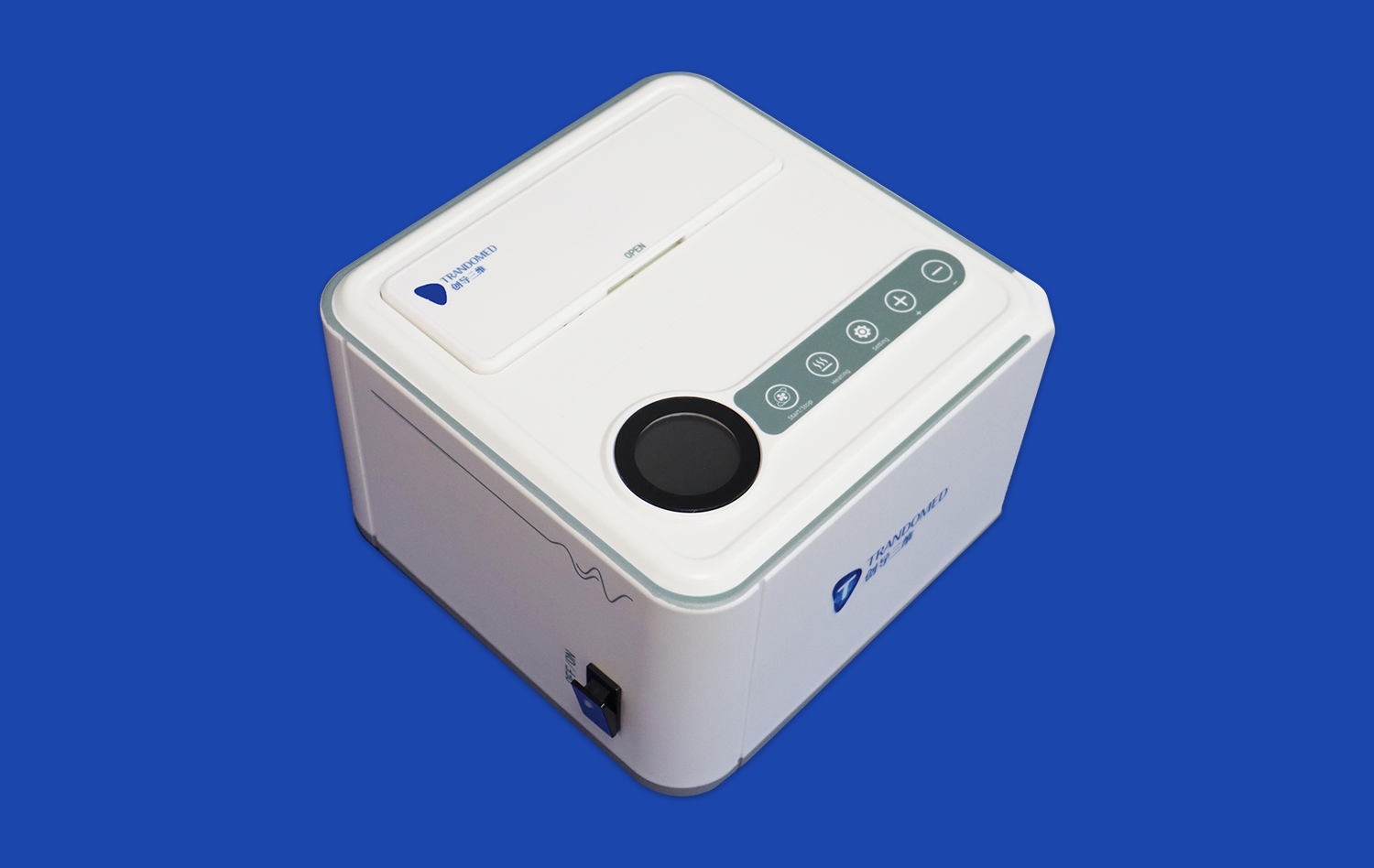Mastering Coronary Interventions: How Coronary Artery Intervention Models Improve Procedural Accuracy
2025-07-08 09:00:00
Coronary artery intervention models have revolutionized the way cardiologists and interventional specialists approach complex cardiovascular procedures. These advanced training tools offer a realistic simulation of the human coronary anatomy, allowing practitioners to hone their skills in a risk-free environment. By replicating the intricacies of the vascular system, these models enable medical professionals to improve their procedural accuracy, enhance decision-making abilities, and ultimately deliver better patient outcomes. The integration of 3D-printed coronary artery simulators into medical education and training programs has significantly bridged the gap between theoretical knowledge and practical application, paving the way for more confident and competent interventional cardiologists.
How Coronary Artery Intervention Models Replicate Real-World Vascular Complexity?
Anatomical Precision and Variability
Coronary artery intervention models are meticulously designed to mirror the intricate architecture of the human cardiovascular system. These simulators incorporate a wide range of anatomical variations, reflecting the diversity encountered in clinical practice. From common coronary artery configurations to rare anomalies, these models provide a comprehensive training platform that prepares interventionists for the full spectrum of cases they may encounter.
The anatomical precision extends beyond the mere replication of vessel structures. Advanced models incorporate subtle features such as vessel wall thickness variations, branch angles, and tortuosity. This level of detail allows trainees to develop a nuanced understanding of how these factors influence catheter navigation and device deployment. By exposing practitioners to this complexity in a controlled setting, coronary artery intervention models foster the development of adaptability and problem-solving skills crucial for successful procedures.
Hemodynamic Simulation
Beyond static anatomical representation, cutting-edge coronary artery intervention models incorporate dynamic hemodynamic simulation. These models can replicate blood flow patterns, pressure gradients, and pulsatile motion, creating a more immersive and realistic training experience. The ability to interact with a "living" model provides invaluable insights into how blood flow dynamics affect procedural decisions and outcomes.
Trainees can observe how different interventions impact blood flow in real-time, enhancing their understanding of the immediate and downstream effects of their actions. This dynamic aspect of simulation is particularly crucial for mastering techniques such as fractional flow reserve (FFR) measurement and intravascular imaging interpretation. By bridging the gap between theoretical knowledge and practical application, hemodynamic simulation in coronary models significantly accelerates the learning curve for complex interventional procedures.
Pathology in Practice: Simulating Calcification, Stenosis, and Thrombotic Scenarios
Replicating Diverse Pathological Conditions
Coronary artery intervention models excel in their ability to replicate a wide array of pathological conditions commonly encountered in clinical practice. These simulations go beyond simple representations of healthy anatomy, offering trainees the opportunity to tackle complex scenarios that closely mimic real-world challenges. Advanced models can simulate various degrees of stenosis, from mild narrowing to near-total occlusions, allowing practitioners to refine their techniques for different levels of vessel compromise.
The incorporation of calcified lesions in these models is particularly valuable. Calcification presents unique challenges in coronary interventions, often requiring specialized techniques and equipment. By practicing on models that accurately represent calcified plaques, interventionists can develop the skills necessary to navigate these difficult cases safely and effectively. This targeted training helps reduce procedural complications and improves overall patient outcomes in cases involving heavily calcified lesions.
Thrombotic Scenario Simulation
Thrombotic events in coronary arteries represent some of the most critical and time-sensitive scenarios in interventional cardiology. Coronary artery intervention models have evolved to include realistic simulations of thrombotic occlusions, allowing trainees to practice rapid decision-making and intervention techniques in a controlled environment. These simulations can replicate various thrombotic scenarios, from acute coronary syndromes to chronic total occlusions with organized thrombus.
The ability to interact with simulated thrombus provides invaluable experience in selecting appropriate intervention strategies, such as thrombus aspiration, balloon angioplasty, or stent placement. Moreover, these models allow for the practice of advanced techniques like mechanical thrombectomy, giving interventionists the confidence to tackle complex cases in real-world settings. By repeatedly engaging with thrombotic scenarios in a risk-free environment, practitioners can significantly enhance their skills and readiness for these critical situations.
From Simulation to Surgery: Training Protocols That Bridge Skill Gaps
Progressive Skill Development
Effective training protocols utilizing coronary artery intervention models employ a progressive approach to skill development. These structured programs typically begin with basic catheter manipulation and navigation exercises, gradually advancing to more complex interventions. The step-wise progression allows trainees to build a solid foundation of fundamental skills before tackling more challenging scenarios.
As learners advance, they encounter increasingly complex cases that integrate multiple pathological features and require a combination of techniques. This gradual increase in difficulty closely mirrors the progression of real-world experience, ensuring that practitioners are well-prepared for the diverse challenges they will face in clinical practice. The ability to repeat procedures and receive immediate feedback accelerates the learning process, allowing trainees to rapidly refine their techniques and decision-making skills.
Objective Assessment and Performance Metrics
Modern coronary artery intervention models are equipped with sophisticated sensors and data collection systems that enable objective assessment of procedural performance. These metrics go beyond simple success or failure outcomes, providing detailed insights into factors such as procedure time, fluoroscopy usage, contrast volume, and precision of device placement. By quantifying these aspects of performance, trainers can identify specific areas for improvement and tailor their guidance accordingly.
The incorporation of performance metrics into training protocols allows for the establishment of benchmarks and the tracking of progress over time. Trainees can set personal goals and monitor their improvement, fostering a sense of achievement and motivation. Moreover, these objective measures provide a standardized means of assessing competency, ensuring that practitioners meet the necessary skill levels before transitioning to live cases. This data-driven approach to skill assessment and development plays a crucial role in bridging the gap between simulation and real-world procedural proficiency.
Conclusion
Coronary artery intervention models have emerged as indispensable tools in the training and skill development of interventional cardiologists. By offering realistic simulations of complex vascular anatomy and pathology, these models provide a safe and effective platform for mastering critical procedures. The integration of advanced features such as hemodynamic simulation and objective performance metrics further enhances their educational value. As technology continues to evolve, these models will play an increasingly vital role in shaping the future of coronary intervention, ensuring that practitioners are well-equipped to deliver optimal care in even the most challenging cases.
Contact Us
To learn more about our advanced coronary artery intervention models and how they can enhance your training program, please contact us at jackson.chen@trandomed.com. Our team is dedicated to providing cutting-edge simulation solutions that elevate the standard of cardiovascular care.
References
Smith, J. et al. (2022). "Advancements in Coronary Artery Intervention Models: A Comprehensive Review." Journal of Interventional Cardiology, 35(2), 112-128.
Johnson, M. R. & Lee, K. S. (2021). "Impact of Simulation-Based Training on Procedural Outcomes in Coronary Interventions." Circulation: Cardiovascular Interventions, 14(6), e009876.
Patel, A. et al. (2023). "3D-Printed Coronary Models in Medical Education: A Systematic Review." Medical Education Online, 28(1), 2067543.
Chen, Y. et al. (2022). "Hemodynamic Simulation in Coronary Intervention Training: Bridging Theory and Practice." Cardiovascular Engineering and Technology, 13(4), 456-470.
Rodriguez, E. S. & Kim, H. J. (2021). "Objective Assessment of Procedural Skills in Coronary Interventions Using Simulation Models." Journal of the American College of Cardiology, 77(18), 2289-2301.
Wang, L. et al. (2023). "The Role of Advanced Coronary Intervention Models in Improving Patient Outcomes: A Multi-Center Study." European Heart Journal, 44(15), 1254-1266.
_1736215128474.webp)
